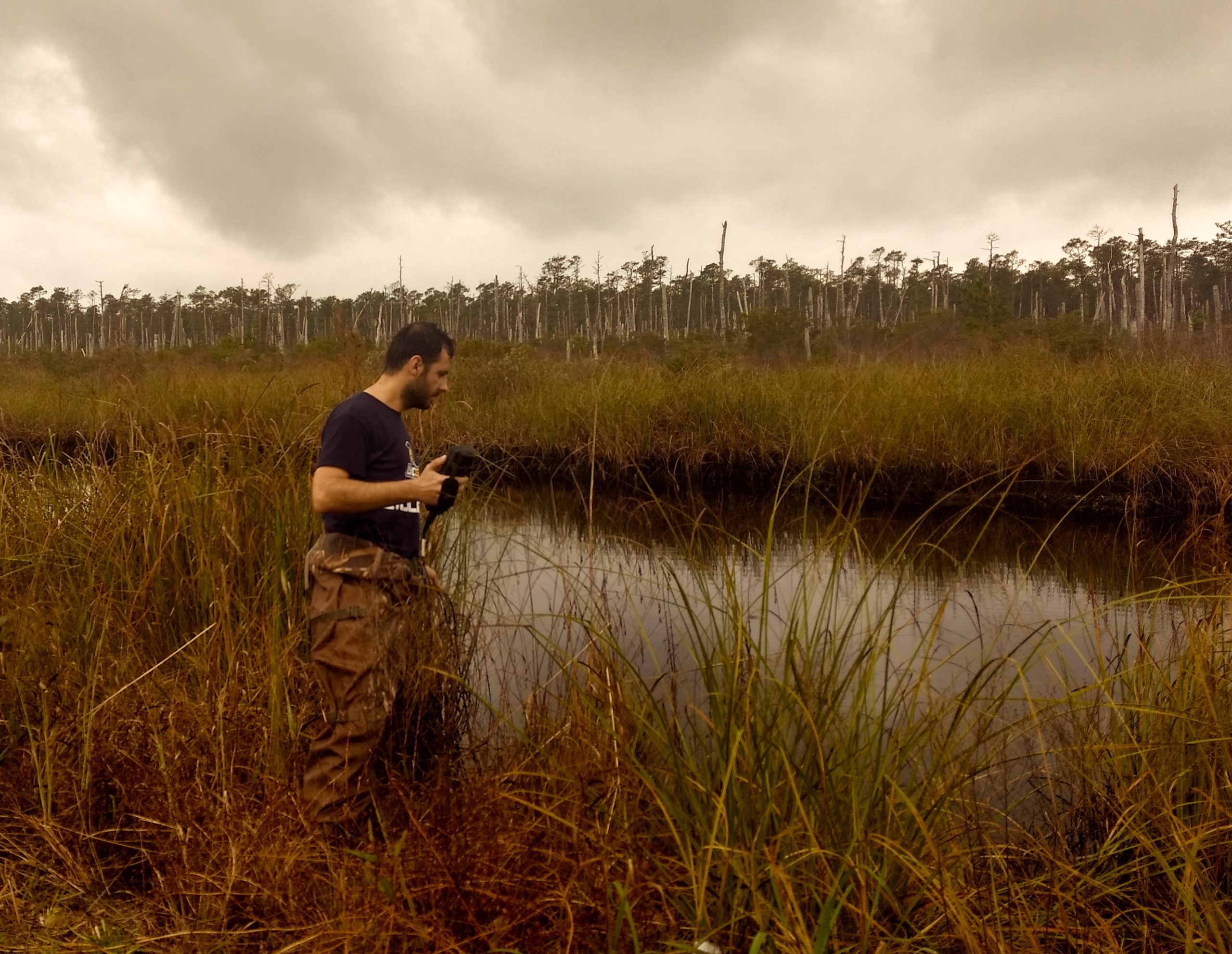By committing to the blue economy, the coastal landscaping industry can be profitable while also enhancing the ocean and coastal environment. Landscape designers and contractors, nursery managers, and home, or DIY, landscapers all have a role to play.
This paper, part of North Carolina Sea Grant’s Blue Economy Information Series, explores landscaping preferences and practices of coastal residents living in Elizabeth City, North Carolina, and provides recommendations for environmentally friendly landscaping.
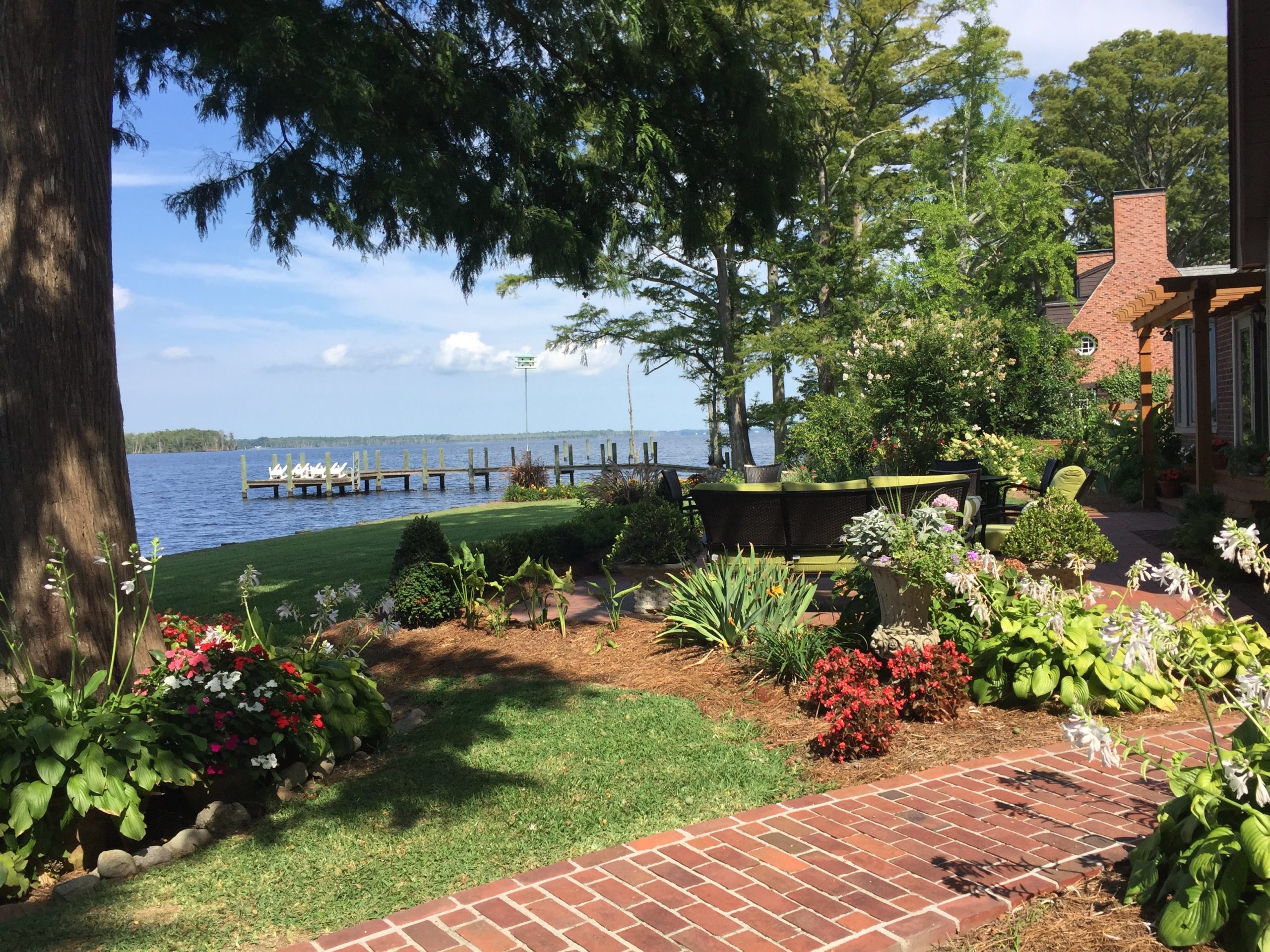
Coastal Landscaping
The blue economy is defined as a sustainable ocean and coastal economy, which emerges when economic activity is in balance with the long-term capacity of ocean and coastal ecosystems to support that activity and remain resilient and healthy. The coastal landscaping industry has the potential to contribute to the blue economy, depending on consumer behavior.
Nature-enhancing landscaping is trending nationwide. For instance, reduction of water for privacy, shade, and tidiness influence landscaping behavior as well.
While enjoying nature is a key reason for spending time in the yard, residents don’t always consider how their landscaping practices affect the surrounding environment. A recent study found that more than 75% of North Carolina residential landscapes are lawn. Monocultures of nonnative turf grass typically dominate residential landscapes, providing minimal benefits to wildlife. Excessive fertilizer and water use to maintain lawns also adversely affect water quality and quantity.
On the other hand, studies show that N.C. residents actually crave plants beyond turf, such as trees, shrubs, native grasses, vines, ferns, and flowering perennials. Many residents prefer to balance turf with other types of plantings, according to studies of North Carolina homeowners3,4. Those plants can serve multiple functions. Coastal residents are especially interested in plantings that can withstand flooding and severe storm events.
Residents adjust their landscaping preferences based on new knowledge. For example, a recent survey in Raleigh revealed intensive lawns is becoming common in drought-prone areas. Living shorelines, which incorporate natural materials like oyster shells, also are cropping up more often. These areas create habitat by maintaining connections between upland, intertidal, and aquatic areas while providing shoreline erosion control 4.
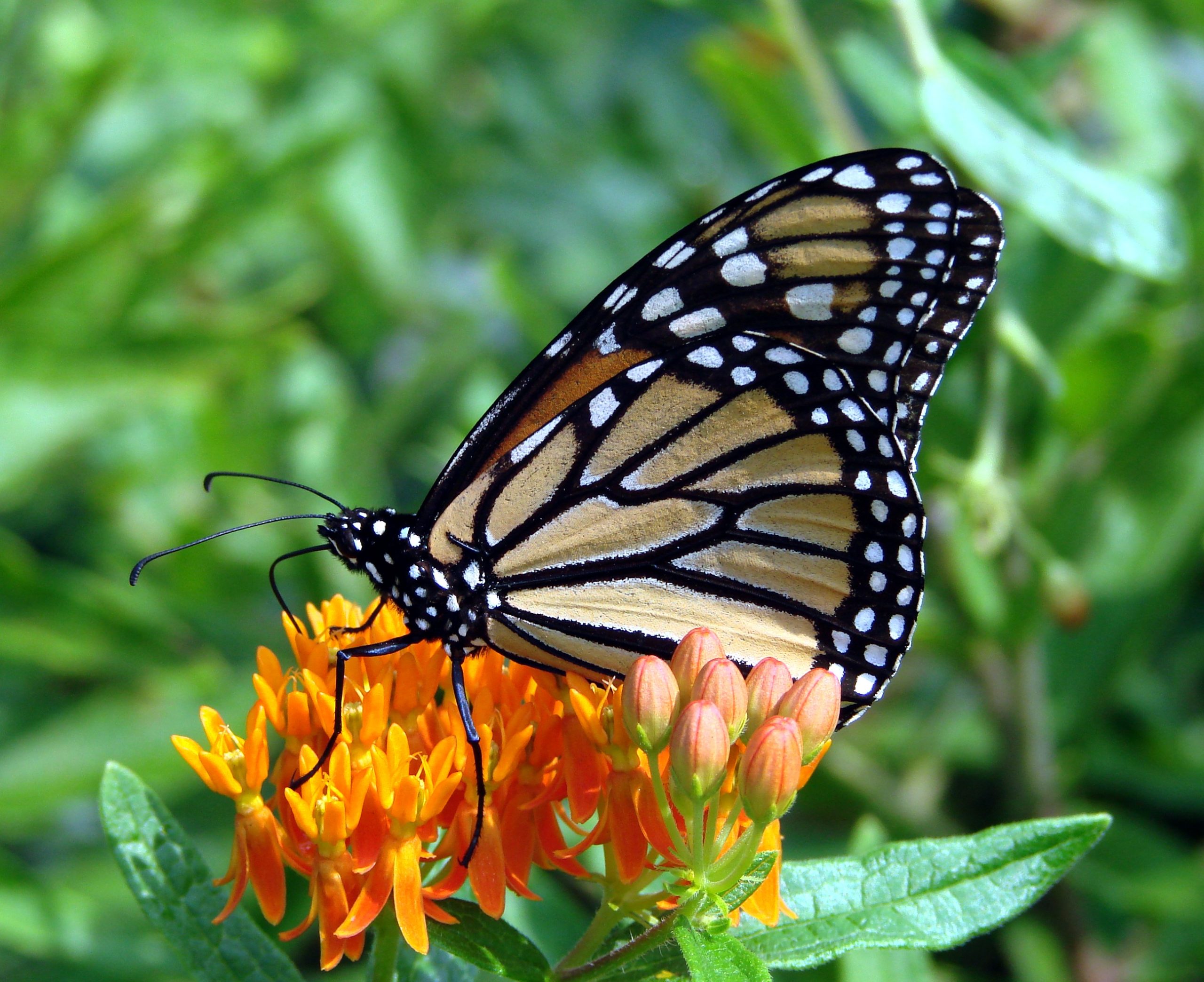
Recent studies have shown that in the southeastern United States, the use of native plants by landscape architects and contractors has increased, as has customers’ interest in those species1. Native and pollinator-friendly plants used in residential landscaping support local ecology. More biodiversity means we’re more likely to encounter wildlife.
Residential Landscaping Motivations
Numerous factors influence how residents tend to their yards and gardens. Appreciation for nature is a significant driver for many gardeners. Environmental factors, such as soil type, temperature, and prior plantings, also affect residents’ decisions. Social and cultural factors — such as demographics, societal values, and aesthetic preferences — play a major role, too. Desires how learning the beneficial relationships between native plant and bird species can change residents’ proclivities5. After learning about the role that native plants play in supporting bird populations, fewer respondents preferred landscapes composed primarily of turf. More preferred diverse native plantings.
Formal rules and ingrained customs affect landscaping decisions, for better or for worse. At the neighborhood scale, codified and enforceable rules may be enacted by local government authorities and homeowners’ associations (HOAs). For example, municipalities often consider dense growth of tall weeds and grass to be a public nuisance. HOA covenants can require a fixed number of trees or certain species of plants on a lot.
Personal beliefs and social pressures can be far more influential than formal rules, however. Studies on social norms indicate a preference for manicured landscapes over “disorderly” naturalistic ones6,7. Such “messy” yards, though, can be artfully tamed through regular maintenance such as edging and pruning.
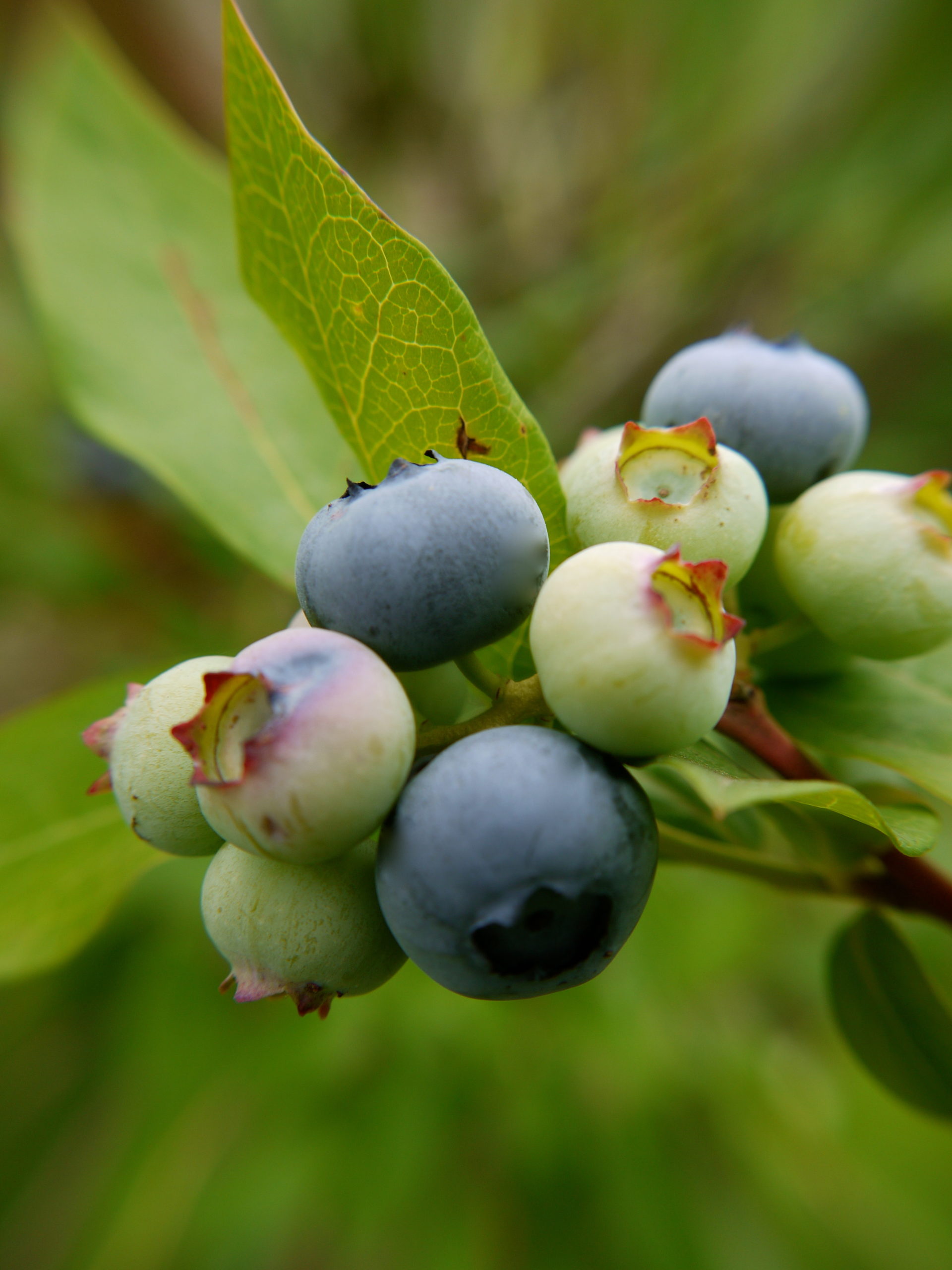
Another factor affecting landscaping decisions is market supply. Numerous studies show market demand exists for various environmentally friendly landscaping practices8,9. Marketing and supply may need to catch up. Emphasizing the eco- friendly features of products can be an effective marketing strategy that delivers a price premium. The way in which plants are displayed or labeled at stores — for example, placement on a pollinator-friendly display table — can inform customers of the plants’ ecological benefits.
Yet, because larger plant nurseries and garden centers serve regional markets, they often don’t tailor their supply to local conditions. Smaller growers and retail outlets have an important niche to fill by providing plants well adapted to a particular place. Similarly, local landscaping designers and installers can accommodate unique environments, but they must be educated on local conditions and suitable plants.
Finally, demographic features — such as differences in race, ethnicity, and income — drive landscaping decisions. Lower-income households have fewer resources to devote to yard care, while higher-income households may be the most reluctant to counter social norms. A study looking at homeowner perceptions in Raleigh indicated that middle- class households were the most likely to use native plantings over turf3. That same study also showed that African American residents, regardless of income level, were more likely to prefer turf grass in their own and in neighbors’ yards. More research pertaining to understudied groups is needed to explore the reasons for such trends.
Spotlight on Elizabeth City
In the summer of 2019, a team led by North Carolina Sea Grant conducted interviews and yard tours with 21 coastal residents in Elizabeth City to explore common yard maintenance and gardening practices and preferences10. Residents provided insight into how they manage their yards and select plants, and described maintenance challenges.
Interviewees matched the profiles of gardeners nationwide, which skew toward an older and wealthier demographic.For example, the highest spending on gardening is among Baby Boomers, married households, those with annual incomes of more than $75,000, and college graduates 11.
Open-ended questions revealed what motivates interviewees to care for their yard; their reasons for selecting a plant; and their engagement in environmentally friendly landscaping activities (see Figure 1 at the end).
The top three factors that influenced yard care were (1) “other people’s opinion of yard” (2) “enjoyment of yard” (3) “desire to make yard attractive.” Given the influence of neighbors’ opinions, any large-scale changes in residential landscaping would likely require a collective shift at the neighborhood level.
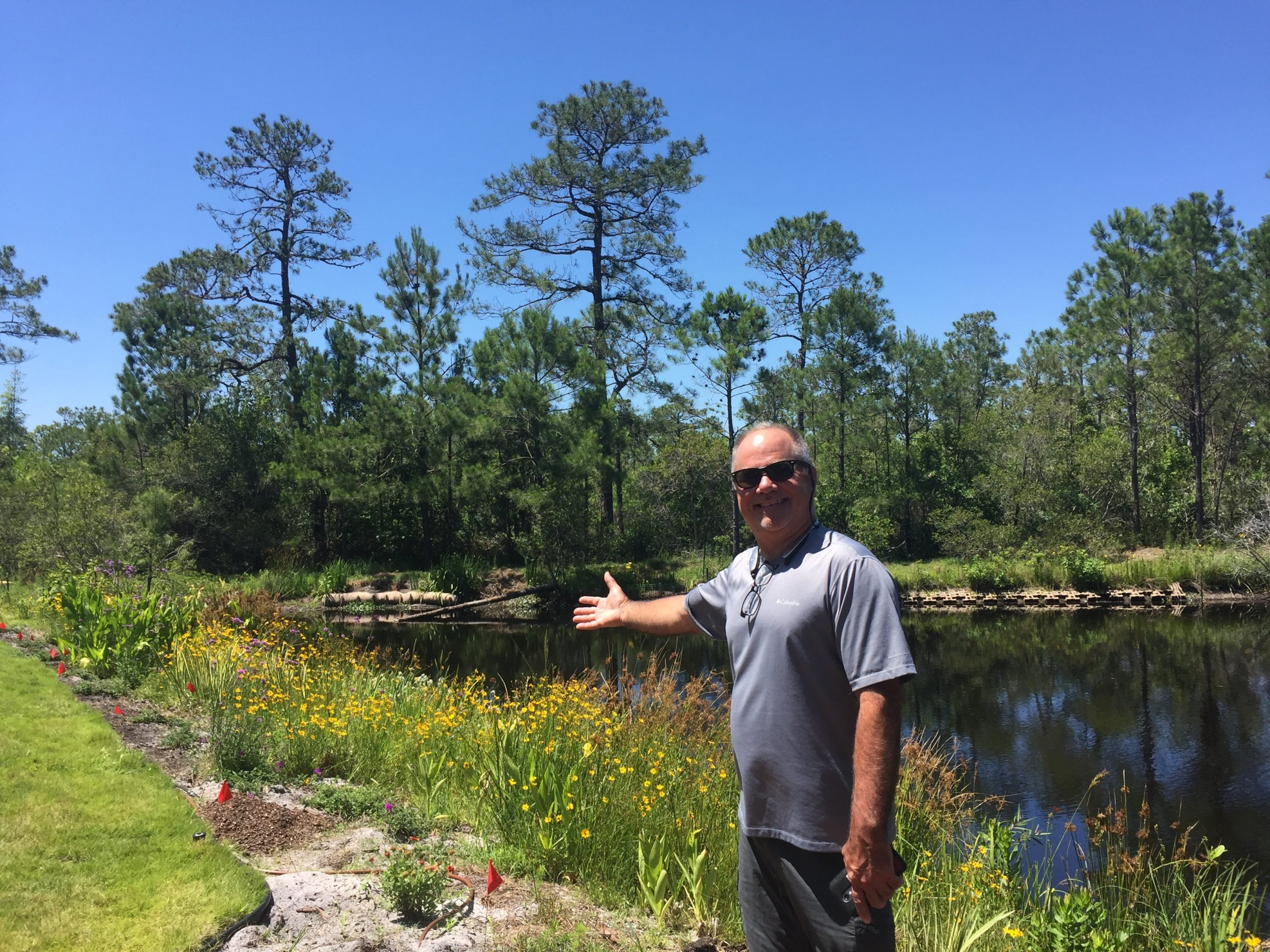
The following quotes, from three different interviewees, showed the power of social contagion:
Interviewee A: “I’ll plant a rose bush in my yard, like my neighbor.”
Interviewee B: “I see crepe myrtles everywhere, so they must do well.”
Interviewee C: “We talk to other people, see what they are growing. We are not plant-smart, so need some counsel.”
The top three factors influencing plant selection were(1) ease of maintenance;(2)plant color; and (3) suitability to an area (see Figure 2 at the end). Said one interviewee: “I do not consider whether the plant’s native. I want to know: Will it grow here? That’s the question.”
Rather than focusing on the benefits of native plants to pollinators, emphasizing their adaptability and minimal maintenance needs may increase their use on a larger scale.
Most interviewees noted several environmentally friendly activities they engage in related to yard care and maintenance(see Figure 3 at the end).The top activities reported were (1) limiting chemicals; (2) selecting native plants; and(3)avoiding and controlling invasive species.
Although the majority of interviewees reported limiting fertilizers, pesticides, and herbicides, they noted using a chemical treatment on occasion. Most interviewees did not use lawn treatments. Rather, they applied pesticides and herbicides in select spots.
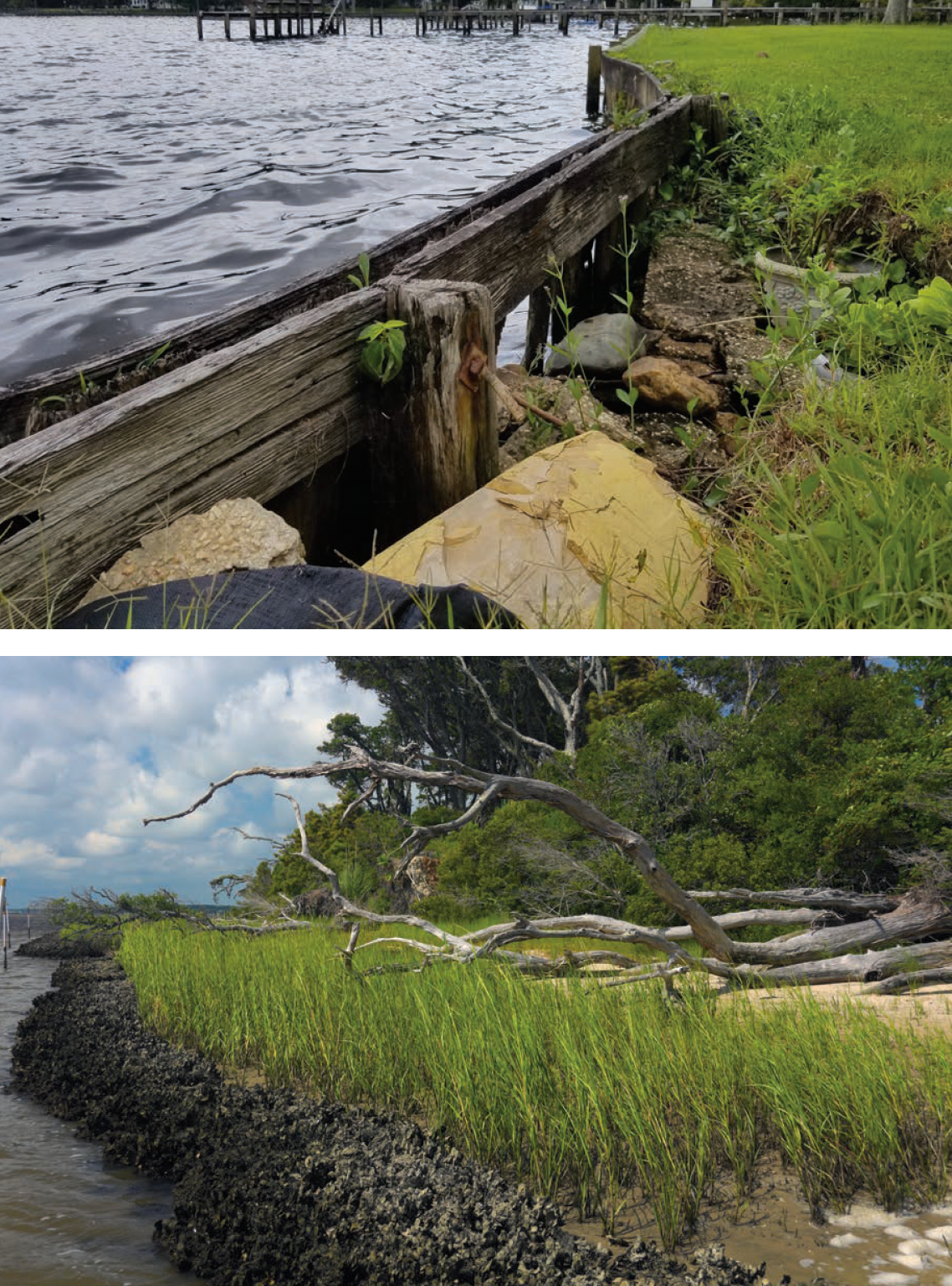
Sustainable Coastal Landscaping
For the coastal landscaping industry to become a blue economy sector, it must tailor its offerings to current consumer behavior. The research conducted in Elizabeth City illustrates the myriad preferences and pressures that residents consider when landscaping.
The following recommendations will help guide coastal residents interested in adopting environmentally friendly practices:
• Choose native and noninvasive plants well-suited to coastal conditions.
• Use a mix of plant types that benefit ecological health.
• Reduce turf and adopt a lawn alternative that creates wildlife habitat.
• Water and fertilize strategically to maintain water quantity and quality.
• Rejuvenate soil to enhance soil health.
• Manage storm water to improve water quality.
• Maintain storm water ponds for water quality and beauty.
• Consider nature-enhancing alternatives when replacing deteriorating bulkheads.
• Install living shorelines to protect property and provide habitat for wildlife.
• Select storm-ready trees to protect your home.
• For help, seek out experts, such as county cooperative extension specialists and master gardeners.
Educational resources on these topics are here.
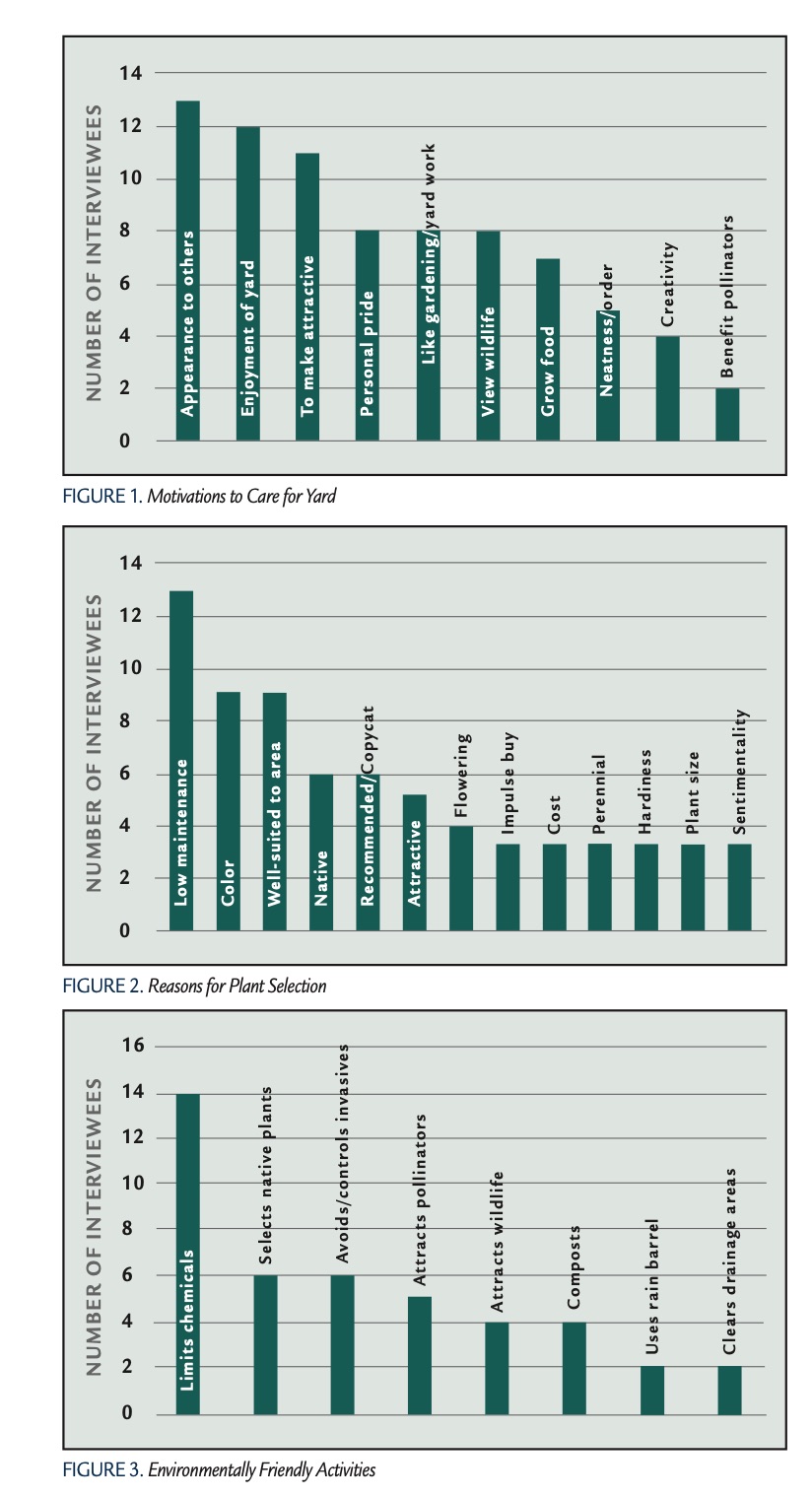
References
- Brzuszek,R.F.,&Harkess,R.L.(2009).Green industry survey of native plant marketing in the southeastern United States. HortTechnology, 19(1), 168-172.
- Fair,B.A.,&Safley,C.(2013).Residentiallandscape water use in 13 North Carolina communities. American Water Works Association, 105(1), E568-E575.
- Peterson,M.N.,Thurmond,B.,Mchale,M., Rodriguez, S., Bondell, H. D., & Cook, M. (2012). Predicting native plant landscaping preferences in urban areas. Sustainable Cities and Society, 5, 70-76.
- Walters,A.(2018).Waterfrontdesigndecisions: Residents Along Tidal Creeks Consider Options for Landscaping. Coastwatch Spring 2018. Retrieved from go.ncsu.edu/TidalCreeks
- Rodriguez,S.L.,Peterson,M.N.,&Moorman,C.J. (2016). Does education influence wildlife friendly landscaping preferences? Urban Ecosystems, 20(2), 489-496.
- Larson,K.L.,&Brumand,J.(2014).Paradoxesin Landscape Management and Water Conservation: Examining Neighborhood Norms and Institutional Forces. Cities and the Environment, 7(1), Article 6.
- Nassauer,J.,Wang,Z.,&Dayrell,E.(2009).What will the neighbors think? Cultural norms and ecological design. Landscape and Urban Planning, 92, 282-292.
- Khachatryan,H.,Campbell,B.,Hall,C.,Behe,
B., Yue, C., & Dennis, J. (2014). The Effects of Individual Environmental Concerns on Willingness to Pay for Sustainable Plant Attributes. HortScience, 49(1), 69-75. - Khachatryan,H.,Rihn,A.,Campbell,B.,Yue,C., Hall, C., & Behe, B. (2017). Visual Attention to Eco-Labels Predicts Consumer Preferences for Pollinator Friendly Plants. Sustainability, 9(10), 1743.
- Harrison, J. (2020). Residential motivations to landscape for the environment. Journal of Extension [under review].
- Cohen, P. (2019). National Gardening Survey. Retrieved from gardenresearch.com
- Categories:



